- Position:
- 2nd engineer
Emergency position indicator radio beacon
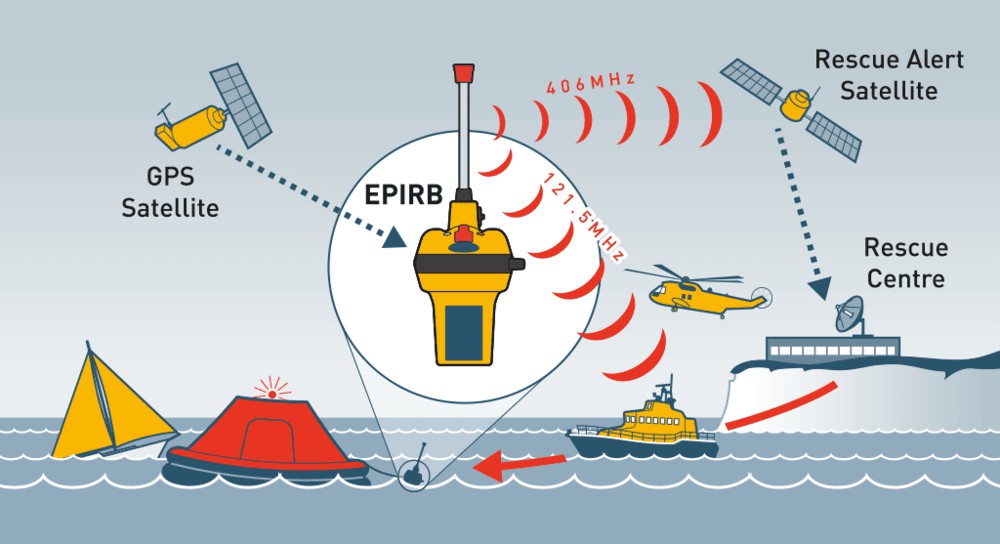
An Emergency Position Indicating Radio Beacon (EPIRB) is a special device for communicating with search and rescue services when an emergency situation occurs at sea.
It is a tracking device that transmits a signal on a specific frequency to accurately determine the location of a ship, boat, raft, vessel or person in distress.
Such devices are installed on sea vessels after they have been registered with search and rescue services.
Registration allows for more efficient and prompt rescue of victims in emergency situations at sea.
A radio beacon on a sea vessel is an effective means of warning
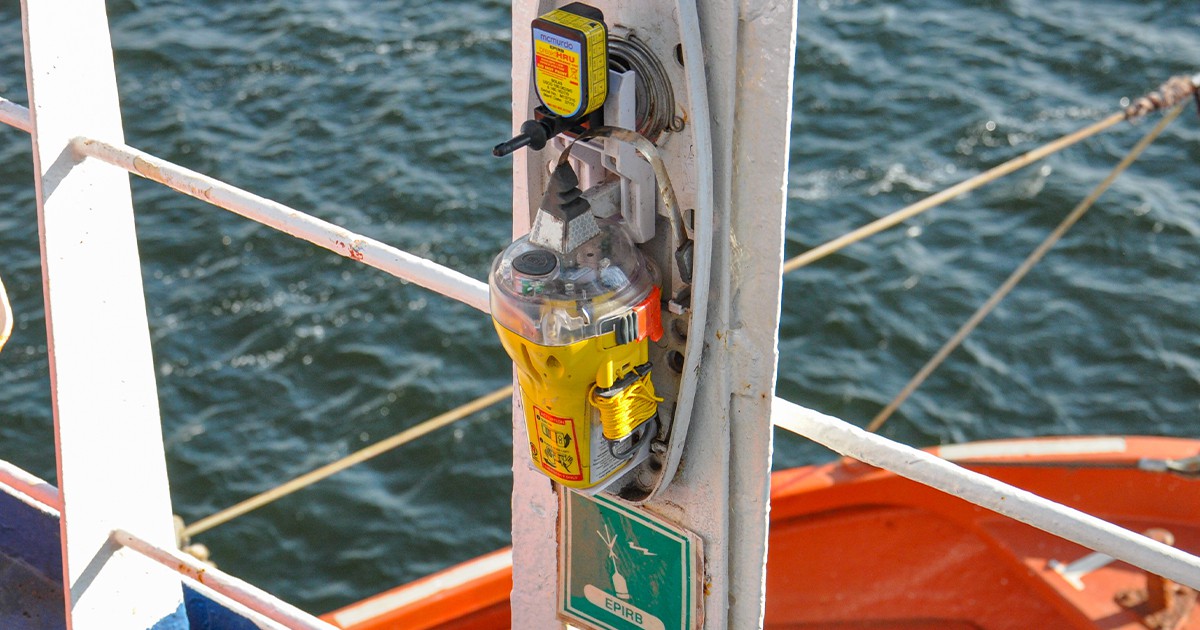
The radio beacon transmits an encrypted signal in the form of a special digital code to the satellite.
Each factory beacon has its own UIN, which is an individual identification number built into the device. The UIN number consists of a 15-digit alphanumeric combination representing the personal identifier of the marine radio beacon.
International standards set a specific signal frequency, which is considered by satellites and other catching devices as an emergency.
This frequency is represented by the parameter 406 MHz, and the signal allows you to determine the location of a ship or other object, even if it is transmitted at a distance of more than 3 miles.
If the device were equipped with a receiver or GPS sensor, this would significantly increase the accuracy of determining the location of the object.
EPIRB device – how to use it at the right moment
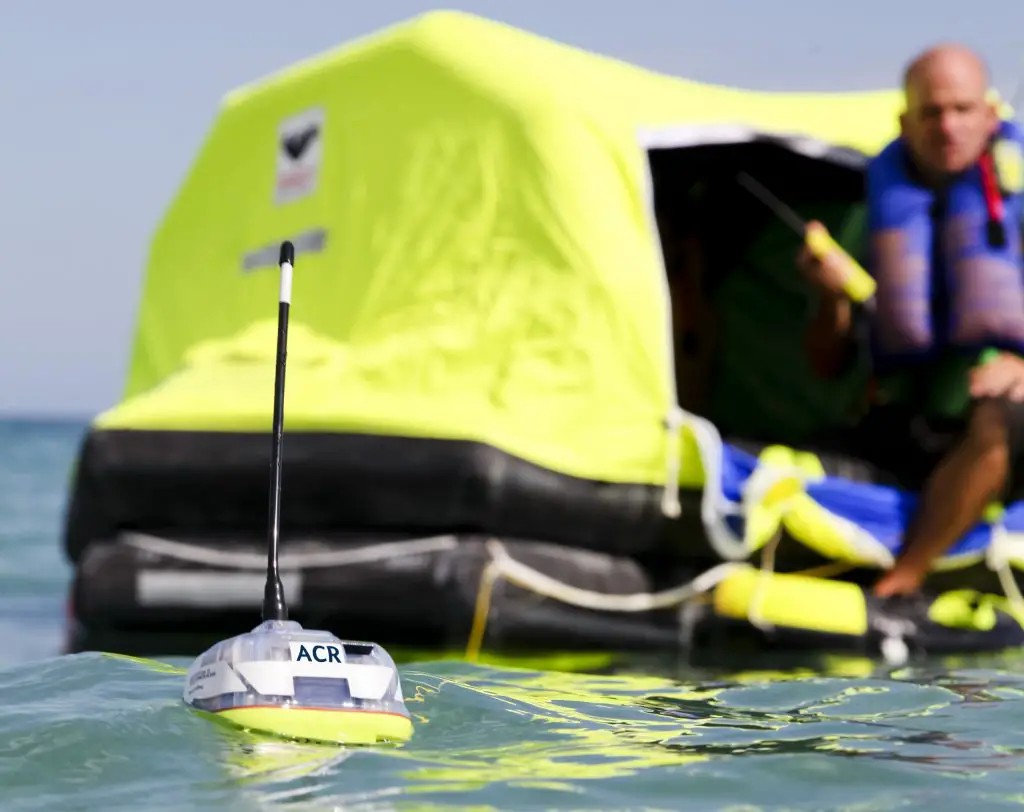
To ensure accurate and high-quality signal transmission in an emergency or situation, the owner of the device simply activates it by pressing a button, and in the case of some models, the radio beacon will be activated automatically if it comes into contact with water.
The last version of the device is called hydrostatic, and for sailors it is more preferable, because in an emergency no one will have to be distracted by starting the device, which will work automatically.
Any of the factory beacons operates on a 12-volt battery, the capacity of which is up to 48 hours. Such a battery has a long service life and needs to be replaced every 2-5 years.
Marine practice shows that there are known cases of false activation of the radio beacon, when the device was triggered arbitrarily or someone activated it accidentally, by mistake.
In such a case, the owner of the vessel must immediately inform the nearest coastal station or rescue committee located nearby. Also, in parallel, it is necessary to notify the relevant authority and the ship owner about the accidental activation of the device.
In order for the EPIRBS device to maintain its functionality and efficiency, it is important to test it regularly.
The manufacturer recommends testing monthly, and the main actions will be:
- Press and release the red button on the body;
- Wait for the red lamp to flash once;
- Make sure that within 30 seconds after activation, the red lamp flashes several times in a
row;
- Wait for the strobe to turn off after 60 seconds.
EPIRBS – careful storage and maintenance

To ensure that the device remains in good working order and undamaged, the owner of the radio beacon must perform maintenance and inspection.
Visual inspection involves carefully examining the device for cracks, chips or other damage.
Also, after inspection, it is worth carefully wiping the case with a dry cloth, while checking the operation and efficiency of all switches and regulators.
The shelf life of the device itself and the battery should allow the device to be used both on this and the next trip.
If the inspection reveals that the device is faulty, it should be immediately sent to the manufacturer or its official representative for repair or replacement of the beacon with a new one.
If the device was used in an emergency, it must also be returned to the service agent, who will replace the battery.
PLB – personal location beacons
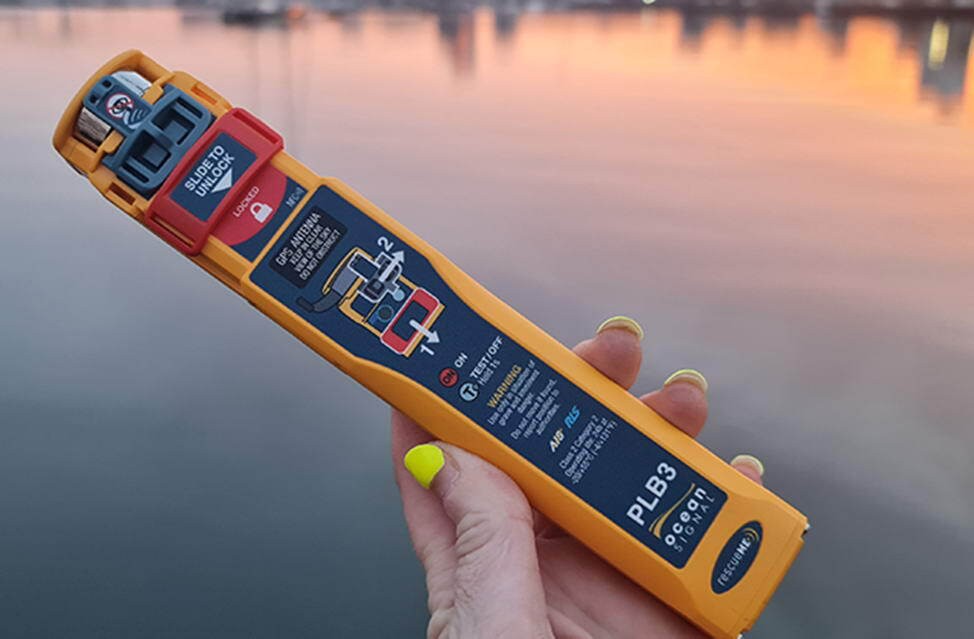
The PLB marking is used by personal beacons used by individuals who may find themselves in a difficult emergency situation.
If a person cannot call special emergency services that will provide him with the necessary assistance, then such a personal beacon for location will become a real assistant in trouble.
Such beacons also transmit information about the location of an individual via a satellite system, and in comparison with standard devices, they are more compact and can perform their functions both at sea and on land. Like devices used on sea vessels, personal beacons for location can be activated manually or automatically.
They must be stored in a special bag that protects the device from precipitation, dust and dirt, as well as possible mechanical damage.
All devices must be regularly tested and maintained so that in a critical situation they can cope with their role as effectively as possible and save everyone who is in danger.
FAQ
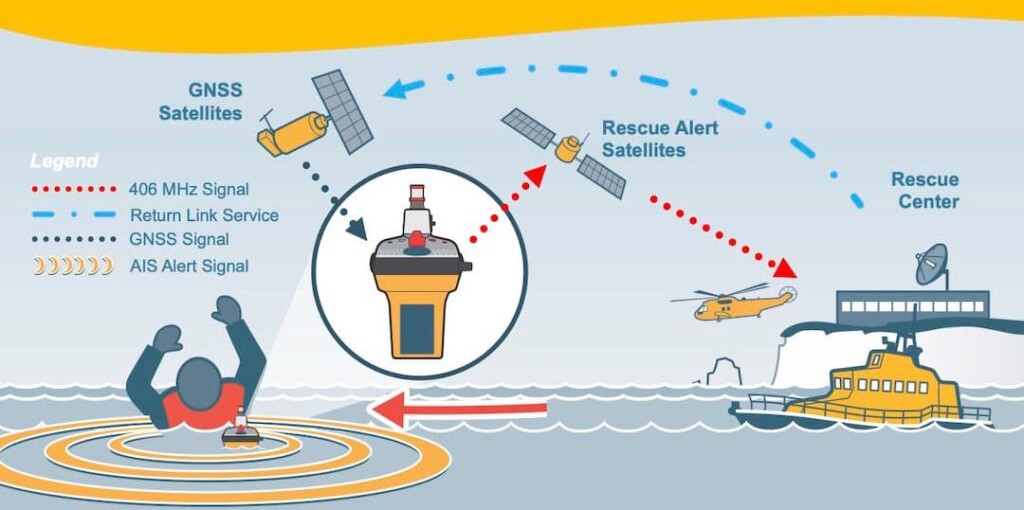
Regarding the purchase and use of such devices as radio beacons, many users have a number of questions that require convincing and reasoned answers.
The most common questions that are encountered most often are:
- What is an EPIRB beacon?
Such a radio beacon is an indicator of the location of a sea vessel that is in distress or needs assistance due to an emergency situation or other critical conditions. With the help of this device, emergency rescue services can quickly and effectively locate the vessel and provide all the necessary assistance to the ship itself, the crew and passengers. The device can be used not only for large sea vessels, but also to designate a lifeboat, raft or other water transport. Such a radio beacon has already been repeatedly used by professional sailors and ship captains who have encountered emergency situations. The effectiveness and practicality of this device, regardless of its model, has already been tested in practice. Today, a radio beacon is one of the most effective means of ensuring the safety of everyone who is on a voyage on the open sea.
- What is the main difference between EPIRB and PLB devices?
The main difference between these two categories of devices is that the first type is usually installed on watercraft, and the second is used for personal purposes and is individual. EPIRB devices are actively used on sea vehicles to determine their location in a complex emergency situation, in order to send rescue services to it. The second type of device is personal and is used on small boats, rafts and even on foot, when a person carries it with him in a bag or backpack and uses it in cases where he needs help and cannot call emergency services to the scene due to lack of communication.
- How many types of radio beacons exist today?
Today, two main categories of devices are presented to users. The first category implies that the device can be activated both manually and automatically. Devices belonging to the second category are launched only in manual mode, but both types of devices transmit signals at a frequency of 406 MHz.
- How much does an EPIRB and PLB cost?
The cost of such equipment in different countries and regions is individual, but varies approximately within $200. The price of the devices depends on a variety of individual factors, such as the model, manufacturer, technical characteristics and functionality. Before choosing a specific model, it is worth clearly defining your needs and consulting with specialists. It is worth considering that the EPIRB device can be registered absolutely free of charge.
- What is the service life of the device?
This parameter also often depends on the type of device and model. In most cases, the service life of radio beacons is from 5 to 10 years, but in order for the device to continue to effectively perform its functions, it is recommended to change the batteries within the timeframes specified by the manufacturer. Only in this case can you be sure that in a critical or emergency situation the radio beacon will work clearly and effectively.
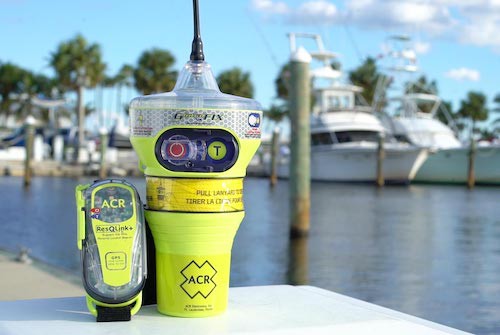
Today, on every sea vessel that operates near the coastline or frequently goes out to sea on voyages, such rescue equipment as radio beacons are an integral part of the onboard equipment.
Those who have at least once encountered an emergency situation and used this device immediately realized how practical and effective it is in a critical situation.
Thanks to it, the necessary help and rescue arrive on time, and the crew and equipment on board remain completely safe.
The use of radio beacons today is not a personal preference of captains or ship owners and is regulated by the International Convention governing the rules of conduct of a sea vessel on the water.
- Position:
- Chief engineer
- Position:
- Electrician engineer
- Position:
- 2nd engineer
- Position:
- Electrician engineer
